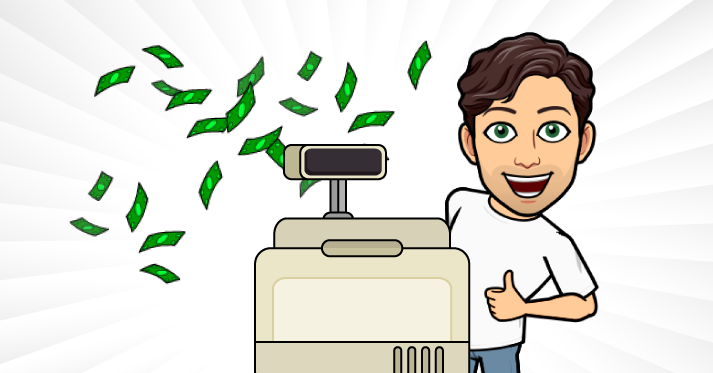A Guide To Selling Your Products To Retailers

You’ve come up with a product, THE product, and are all in on developing the right route of sales, distribution, and making it big. Most companies have the same goal – hook a major distributor (or multiple) and sell wholesale to them- because after all this is the easiest way to guarantee income – volume. Right? For most companies this is still the case, but we live in a highly dynamic world (and markets) and things are constantly changing. Today, this may no longer be the end goal for all companies as selling wholesale to retailers also yields smaller margins. But despite many changes to markets and distribution trends, it’s still the goal for the majority to hook a contract with a retailer. In today’s world of competition, you need to make sure you have the right wheels in motion to ensure successful market entry and sales, because after all, you can’t just walk into Macy’s and tell them to stock your product on their (very limited retail) shelf space. So we’re here to offer some ideas to inspire your journey of selling your products to retailers.
Start Selling Online
When you first develop a product to sell,you should look at marketing strategies that will help you penetrate the market. One of the platforms you may consider using, as we have discussed in previous posts, is Shopify. If the sole driver behind your company is to sell your new product online – this is definitely the way to go. It may take some time to build your sales here and establish yourself in the market, but once you do, you can then look to expand your horizons and explore other options!
The next move you may want to make would be to expand to an online marketplace like Amazon Seller Central, Walmart or eBay. This will help you increase exposure and volume and elevate your brand’s reach to eventually build a stronger case to the retailer(s) you plan to wholesale to at some point.
Your next step may be to go with retailers that have online stores that will enable you to drop ship your products to customers such as Macy’s, Target, Nordstrom and Kohl’s. This is your way to eventually earn the credibility to work with retailers for wholesale and have them sell your products on their shelves..
To drop ship your products from retail stores, you’d be responsible for showing you can make sales. When you drop ship your products from retail marketplaces, you ship your product with the custom branding of a big brand’s name on the box and packaging slip. Many retailers have online shopping options setup and you should definitely use this avenue as a way to prove your strategy and sales potential. This is your chance to really prove you have it together, including accounting for being ready for large influxes in demand and production.
But in order to get there, you want to ensure you are taking the right steps and preparing properly for that moment, because if you’re going to try to go into it shooting in the dark, believe us when we say you’ll know it and they’ll know it. This is a situation where fake-it-till-you-make-it may not be your best choice. Preparation is truly key when you feel you are ready to approach the big guys. Know your product, know the category, and know what you bring to the table. On that note…
Understand Your Product’s Category
A company will want to work with you if you can prove to them you understand the category, understand the consumers, and can bring something unique and new to their offerings – something that will attract more customers and drive more sales. Ultimately, one of the most important factors that retailers will consider in wanting to potentially work with you are the incremental sales you can prove to drive to their income stream, making it worthwhile for them to partner with you.
Another important factor to know and highlight are your products’ differentiating factors from everything else on the market.
It is crucial to be able not only prove that you can attract new customers to a major marketplace by having your product added to a retailer’s category portfolio, but you also need to be able to demonstrate how you will do this. Therefore, think about not only your products’ differentiating factors, but how they also will add value and a great addition to another retailer ‘s product line.
In other words, why give that spot on the shelves to you and not the next guy who’s going to make the same sell with perhaps just a marginally different product/price offering?
Leverage Your Network
Once you have established a level of success and have a good plan in place it’s up to you to reach out to buyers and retailers. Some marketplaces have their own buyers like Walmart and Target. Which retailers have this setup is also important to know. Know who they are and how to approach them. Here is where you sit for hours looking through your (virtual or physical) rolodex, establishing what connections you have where and to whom. Speak to other entrepreneurs, listen to what they did or are doing/trying. Ask for references and referrals to buyers who can help ensure your product lands on that coveted retail shelf space. Your goal is to reach one store, and then more stores. Keep your eye on the prize, do your research, keep going and continue expanding your network, and you will make it.
Happy selling ya’ll!
If you have questions or are looking to enhance your marketing to amplify your sales game like never before, reach out to us marketing experts at Firon Marketing.


